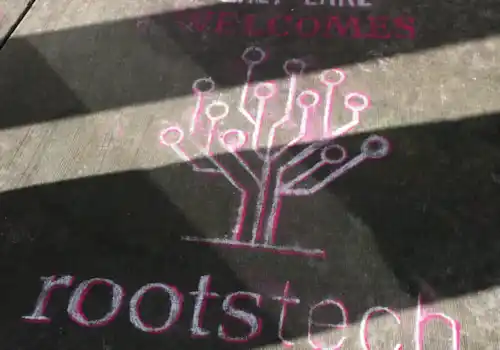17 April 2018
|
A family tree chart is a very special keepsake to record your ancestors' names and dates. We show you how to start drawing up your own family tree to create an ancestor chart to treasure for years to come
A family tree chart is a very special keepsake to record your ancestors' names and dates. So how do you begin? Read our guide to drawing up a family tree and you'll soon get the hang of it.
Start with you
The rule with family history is to start with yourself and note down your full name and date and place of birth.
Then work backwards, noting the same for your parents and details of their marriage date and place. Then do the same for your grandparents. When people died it's useful to include their date of death too.
Growing your tree
Don't worry about gaps in your family tree knowledge (everyone has them to start with, and they're what make family history so interesting to research).
Quick tip: Ask your relations to help – they may have clues or family papers to help you, such as birth certificates, newspaper clippings, a diary or even a family Bible. Any of these records may contain those valuable details of names, dates and places that you need to fill in your family tree.
The main records that you'll need to find those missing details and research your ancestors are the census returns and the birth, marriage and death registers: see our free Family History Week downloadable guide to the key family history documents from Monday. For more great advice on how to use these valuable records, check out our helpful How-to Guides.
By noting down what you know, asking relations and beginning to search the records online, you'll probably soon find that you've gathered quite a bit of information. Now it's time to fill in that family tree chart.
Quick tip: Find free records online when you search for your ancestors' names on these extremely useful free genealogy websites: FamilySearch, FreeBMD and FreeCEN.
3 handy tips when filing in your chart
1 First carefully enter the details lightly in pencil, before going over in pen. This will allow you to double-check that you're entering the right details in the right spaces.
2 To make the most of the space, you can use abbreviations. b. m. and d. are used for born, married and died, bp or bap for baptised, bur for buried.
3 If someone has more than one spouse, note '1' by the first one's name, '2' by the second, etc.
Quick tip: Why not personalise your ancestor chart? You can stick on copies (not originals) of old family photos or colour it in.
Then when you've filled in all you can, why not pin your chart up in your home to remind you of everything you've found out so far, and to inspire you to take that next step in your research. With family hsitory there's always something new (and fascinating!) to learn and that's what makes it the best hobby ever!
A family tree chart is something that you can enjoy now, as you learn about your family history, and that will also become a precious heirloom for future generations to cherish.
• Find more tips on drawing up your family tree here.
Family tree chart image © Ellie Keeble for Family Tree








.jpg)
